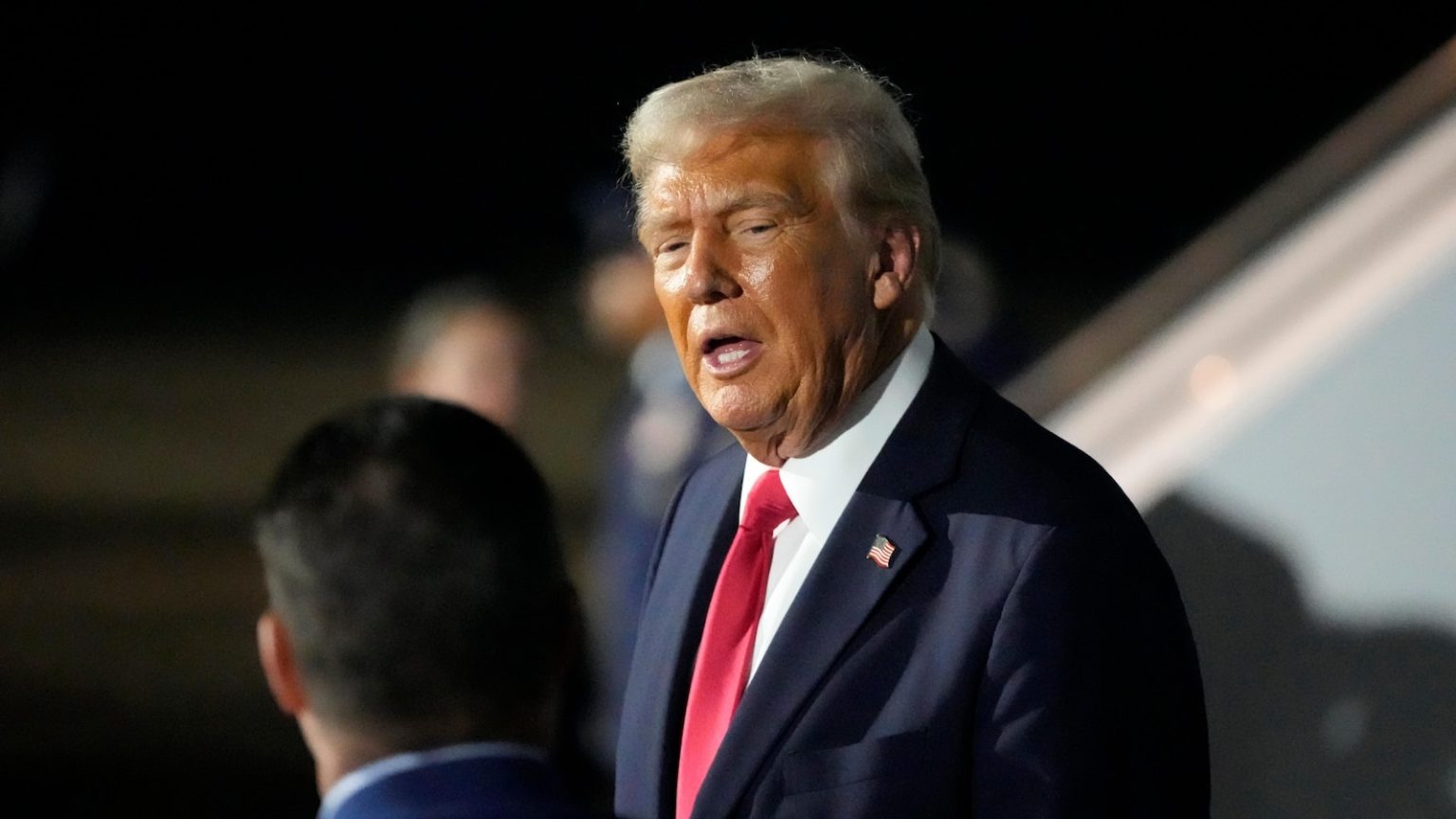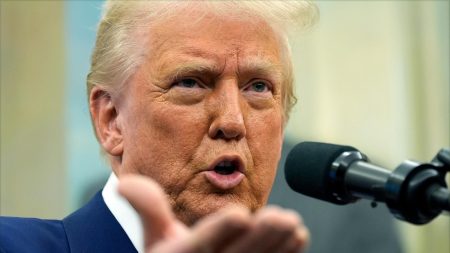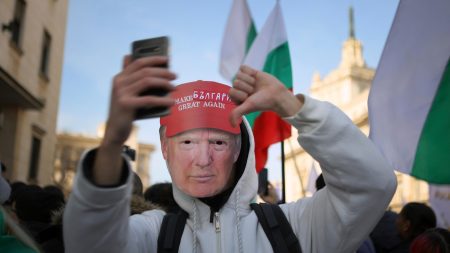Trump Directs Treasury to Stop Minting Pennies, Citing High Production Costs
In a move that has sparked widespread debate, President Donald Trump announced on Sunday night that he has directed the U.S. Treasury Department to cease the production of new pennies. The decision, shared on his Truth Social platform, was framed as a cost-cutting measure, with Trump arguing that the production of pennies has become increasingly wasteful. “For far too long, the United States has minted pennies which literally cost us more than 2 cents. This is so wasteful!” Trump wrote. He emphasized the need to address what he described as a long-standing issue of financial inefficiency, stating, “I have instructed my Secretary of the U.S. Treasury to stop producing new pennies.”
The announcement marks the latest in a series of executive actions taken by the Trump administration aimed at enacting significant changes across various policy areas, including immigration, gender and diversity initiatives, and even the naming of the Gulf of Mexico. The move to halt penny production, however, appears to have come without prior mention during Trump’s campaign, suggesting it may have been influenced by recent discussions on cost-saving measures. Notably, Elon Musk’s so-called Department of Government Efficiency highlighted the financial burden of the penny in a recent post on X, bringing the issue into the spotlight.
The Financial Burden of the Penny: Understanding the Numbers
The U.S. Mint has repeatedly reported significant financial losses associated with the production of pennies. In the 2024 fiscal year, which ended in September, the Mint reported a loss of $85.3 million on the nearly 3.2 billion pennies it produced. This figure reflects the rising cost of producing each penny, which now stands at approximately $0.037 per coin—up from $0.031 the previous year. These numbers underscore the financial strain that the continued production of pennies places on the federal budget.
The issue of financial loss is not unique to the penny. The nickel, which is worth $0.05, currently costs nearly $0.14 to produce, further exacerbating the problem. Proponents of eliminating the penny argue that such a move could lead to significant cost savings, faster checkout times at cash registers, and alignment with international trends, as countries like Canada have already discontinued their one-cent coins. For instance, Canada stopped minting its penny in 2012, citing similar reasons.
Can Trump Unilaterally Eliminate the Penny? The Legal and Legislative Debate
While Trump’s directive to halt the production of new pennies has garnered attention, it remains unclear whether he possesses the authority to unilaterally eliminate the coin. The specifications for U.S. currency, including the size and metal content of coins, are determined by Congress, not the executive branch. This raises questions about the feasibility of Trump’s order, as it may require legislative action to fully implement.
Robert K. Triest, an economics professor at Northeastern University, has suggested that there may be some flexibility in the process. “The process of discontinuing the penny in the U.S. is a little unclear. It would likely require an act of Congress, but the Secretary of the Treasury might be able to simply stop the minting of new pennies,” Triest noted last month. This ambiguity highlights the complexities of the issue and the potential need for congressional involvement to bring about meaningful change.
Historical Precedent and Congressional Efforts to Address the Penny
The idea of eliminating the penny is not new. Congress has repeatedly introduced legislation aimed at addressing the issue, with proposals ranging from temporarily suspending production to entirely removing the penny from circulation. Some have even suggested requiring prices to be rounded to the nearest five cents as a practical solution. The half-cent coin, for example, was discontinued by Congress in 1857, demonstrating precedent for such a move.
Despite these efforts, the penny has persisted, in part due to its cultural and historical significance. However, the financial argument against it continues to gain traction, particularly as the costs of production show no signs of abating. The question now is whether Trump’s administration can succeed where previous efforts have stalled, potentially paving the way for a penny-free future.
The Broader Context: Trump’s Focus on Cost-Cutting and Government Efficiency
Trump’s decision to halt penny production is part of a broader push by his administration to cut costs and streamline government operations. This effort, spearheaded by Elon Musk, who has been tasked with leading a Department of Government Efficiency, aims to identify savings of up to $2 trillion. Musk’s involvement has brought a business-oriented approach to the problem, with a focus on eliminating redundancies and optimizing government spending.
Trump has framed the move as a symbol of his commitment to fiscal responsibility, writing, “Let’s rip the waste out of our great nation’s budget, even if it’s a penny at a time.” The sentiment reflects a populist approach to governance, emphasizing the importance of addressing even the smallest inefficiencies to restore trust in government spending. The message resonates with voters who have long been critical of perceived waste in federal expenditures.
Conclusion: The Future of the Penny and Its Implications
As the debate over the penny’s fate continues, one thing is clear: the decision to halt production has far-reaching implications for the U.S. currency system, consumer behavior, and the federal budget. Whether Trump’s directive will lead to the permanent discontinuation of the penny remains to be seen, as it will likely require congressional action to fully implement. Nevertheless, the move serves as a reminder of the ongoing challenges of managing the nation’s finances and the need for innovative solutions to long-standing problems.
For now, the penny’s future hangs in the balance, caught between the desire to preserve its cultural significance and the push for financial efficiency. As the administration and Congress navigate this issue, the outcome will not only determine the future of the one-cent coin but also set a precedent for how the government approaches similar challenges in the years to come.















